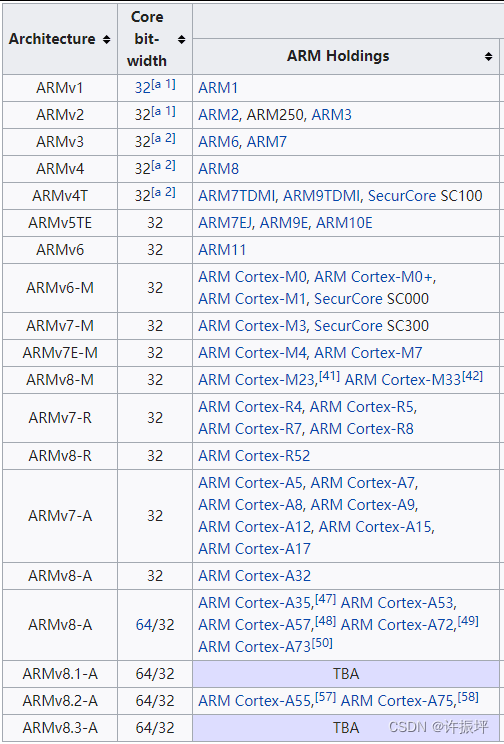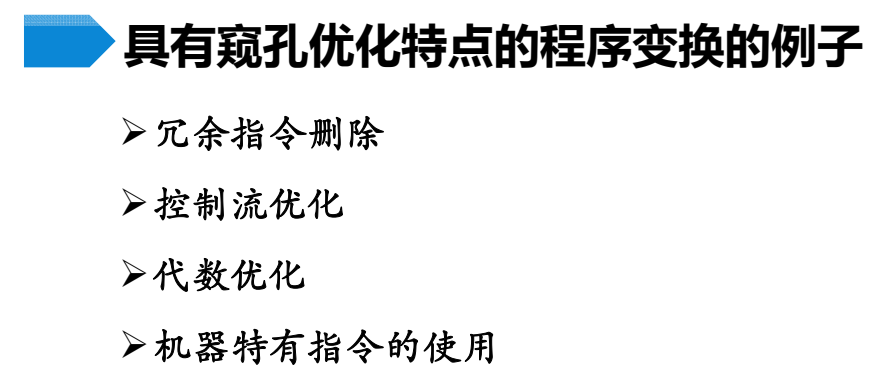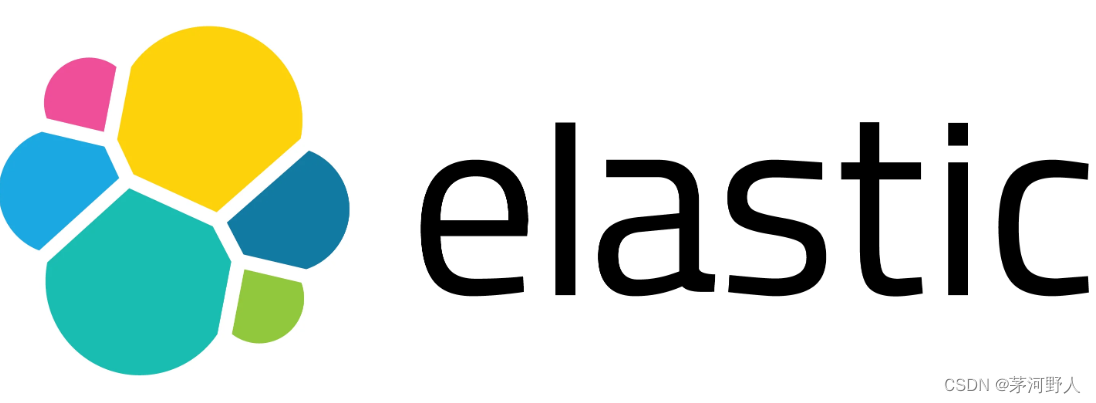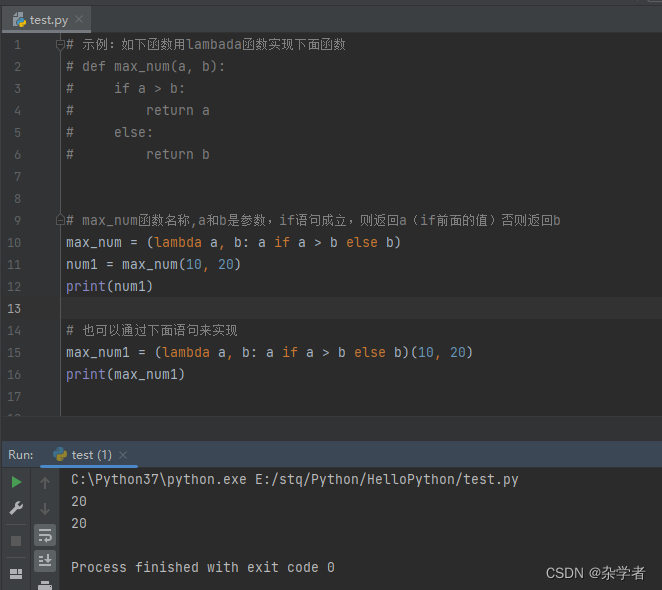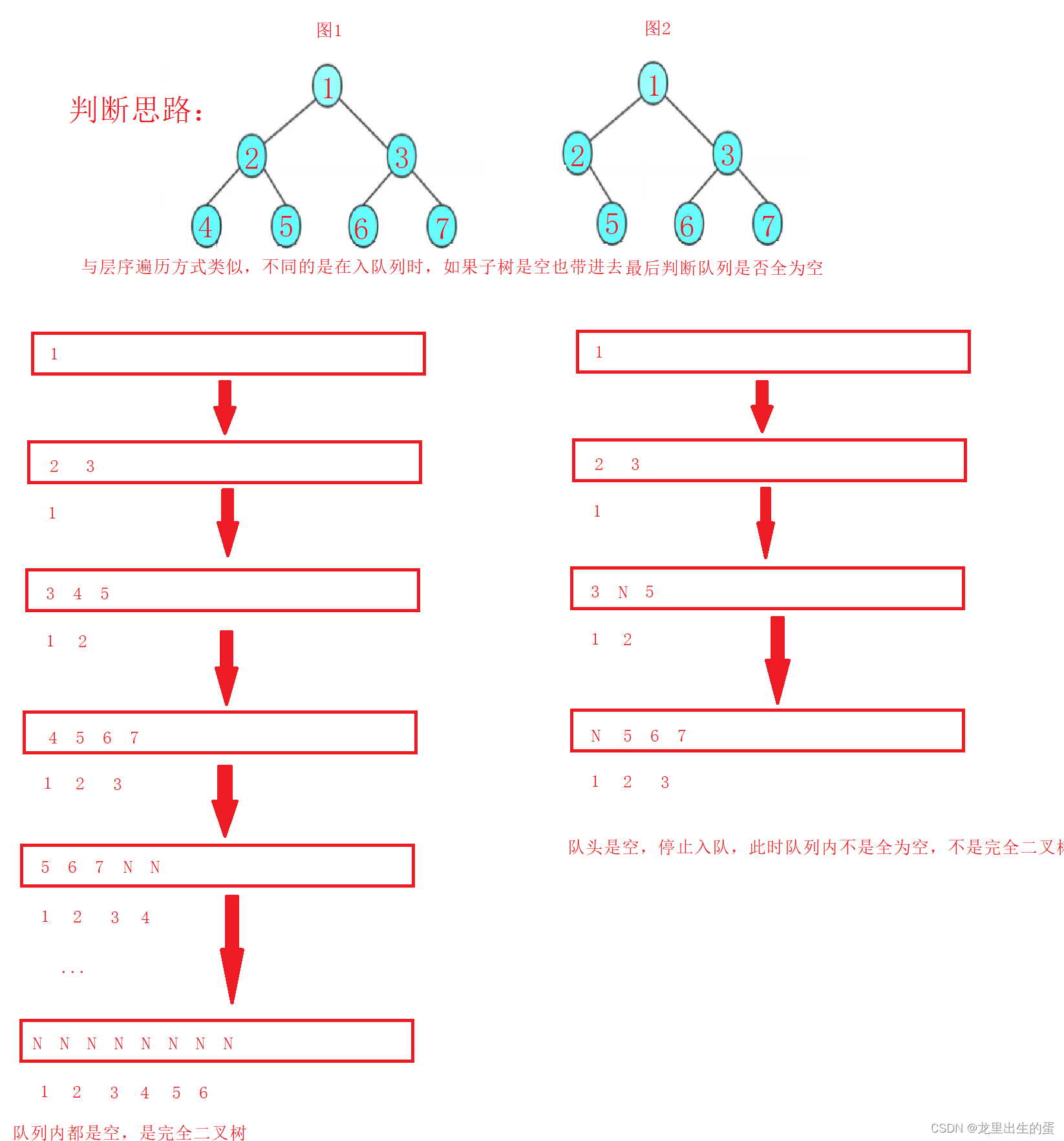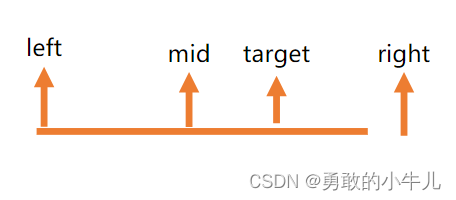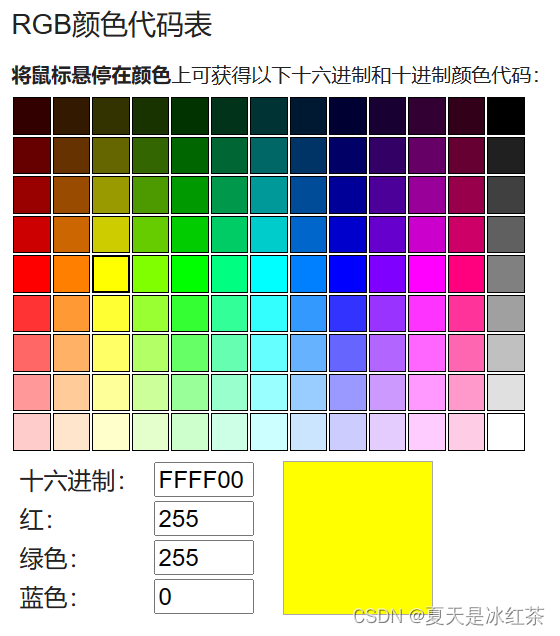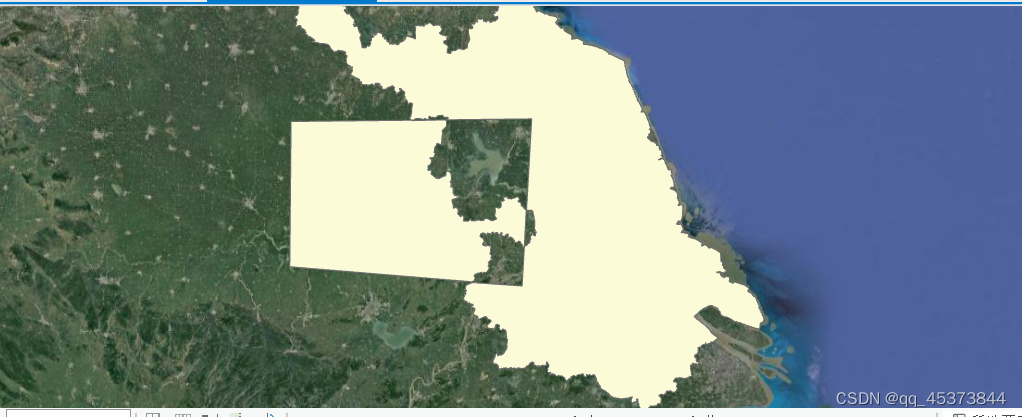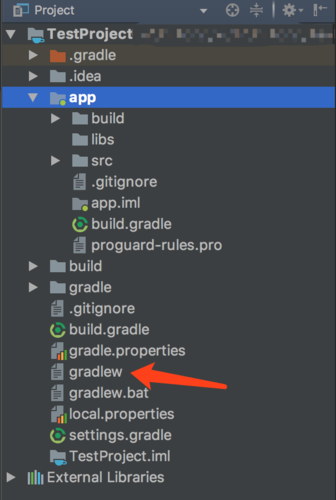🌇个人主页:平凡的小苏
📚学习格言:别人可以拷贝我的模式,但不能拷贝我不断往前的激情
🛸C语言专栏:https://blog.csdn.net/vhhhbb/category_12174730.html
🚀数据结构专栏:https://blog.csdn.net/vhhhbb/category_12211053.html
家人们更新不易,你们的👍点赞👍和⭐关注⭐真的对我真重要,各位路过的友友麻烦多多点赞关注,欢迎你们的私信提问,感谢你们的转发!
关注我,关注我,关注我,你们将会看到更多的优质内容!!


1、带头循环双向链表
我们在单链表中,有了next指针,这使得我们要查找下一节点的时间复杂度为O(1)。可是如果我们要查找的是上一节点的话,那最坏的时间复杂度就是O(n)了,因为我们每次都要从头开始遍历查找。
为了克服单向性这一缺点,我们的老科学家们,设计出了双向链表。双向链表是在单链表的每个结点中,再设置一个指向其前驱结点的指针域。所以再双向链表中的结点都有两个指针域,一个指向直接后继,另一个指向直接前驱。
既然单链表可以有循环链表,那么双向链表也可以有循环双向链表。(如下图所示)

2、双向循环链表函数接口的实现
2.1、双向循环链表的结构
typedef int LTDataType;
typedef struct ListNode
{
LTDataType _data;//数据
struct ListNode* _next;//后继指针
struct ListNode* _prev;//前驱指针
}ListNode;
2.2、初始化双向循环链表
ListNode* ListCreate()
{
ListNode* phead = (ListNode*)malloc(sizeof(ListNode));
if (phead == NULL)
{
perror("malloc Fail:");
exit(-1);
}
phead->_next = phead;
phead->_data = -1;
phead->_prev = phead;
return phead;
}由于是带头循环链表,我们需要malloc一个头节点出来,当链表是空的时候,前驱指针和后继指针都指向头结点。
2.3、双向循环链表的插入
// 创建返回链表的头结点.
ListNode* BuyListNode(LTDataType x)
{
ListNode* newhead = (ListNode*)malloc(sizeof(ListNode));
if (newhead == NULL)
{
perror("malloc fail:");
exit(-1);
}
newhead->_data = x;
newhead->_next = NULL;
newhead->_prev = NULL;
return newhead;
}
//双链表插入
void ListInsert(ListNode* pos, LTDataType x)
{
assert(pos);
ListNode* newhead = BuyListNode(x);//该函数是创建新节点的函数
ListNode* Prev = pos->_prev;
Prev->_next = newhead;
newhead->_prev = Prev;
newhead->_next = pos;
pos->_prev = newhead;
}注:由于我们是在pos的前面插入一个结点,那么我们就应该保存上一个结点。
插入算法的具体操作步骤:
1.Prev->_next = newhead;
2.newhead->_prev = Prev;
3.newhead->_next = pos;
4.pos->_prev = newhead;
2.4、双向循环链表的删除操作
// 双向链表删除pos位置的节点
void ListErase(ListNode* pos)
{
assert(pos);//删除前pos不能为空
assert(!ListEmpty(pos));//链表不为空才能删
ListNode* ne = pos->_next;//保存pos位置的后一个结点
pos->_prev->_next = ne;//删除结点的具体操作
ne->_prev = pos->_prev;
free(pos);//释放
}2.5、双向循环链表的判空
bool ListEmpty(ListNode* pHead)
{
assert(pHead);
return pHead->_next == pHead;如果头结点的下一个结点也等于头结点的话那么链表为空
}2.6、双向循环链表的打印
// 双向链表打印
void ListPrint(ListNode* pHead)
{
assert(pHead);
ListNode* cur = pHead->_next;
while (cur != pHead)
{
printf("%d ", cur->_data);
cur = cur->_next;
}
printf("\n");
}2.7、双向循环链表的销毁
// 双向链表销毁
void ListDestory(ListNode* pHead)
{
assert(pHead);
ListNode* cur = pHead->_next;
while (cur != pHead)//链表要遍历释放
{
ListNode* ne = cur->_next;
free(cur);
cur = ne;
}
free(pHead);
pHead = NULL;
}3、源代码
由于头插、头删、尾插、尾删可以用双向循环链表的插入和删除操作复用,这里直接放置源代码。
3.1、DList.c
#include"DSList.h"
// 创建返回链表的头结点.
ListNode* BuyListNode(LTDataType x)
{
ListNode* newhead = (ListNode*)malloc(sizeof(ListNode));
if (newhead == NULL)
{
perror("malloc fail:");
exit(-1);
}
newhead->_data = x;
newhead->_next = NULL;
newhead->_prev = NULL;
return newhead;
}
ListNode* ListCreate()
{
ListNode* phead = (ListNode*)malloc(sizeof(ListNode));
if (phead == NULL)
{
perror("malloc Fail:");
exit(-1);
}
phead->_next = phead;
phead->_data = -1;
phead->_prev = phead;
return phead;
}
// 双向链表尾插
void ListPushBack(ListNode* pHead, LTDataType x)
{
assert(pHead);
ListNode* newhead = BuyListNode(x);
ListNode* tail = pHead->_prev;
newhead->_prev = tail;
tail->_next = newhead;
newhead->_next = pHead;
pHead->_prev = newhead;
//ListInsert(pHead, x);
}
// 双向链表头插
void ListPushFront(ListNode* pHead, LTDataType x)
{
assert(pHead);
ListNode* newhead = BuyListNode(x);
ListNode* first = pHead->_next;
newhead->_prev = pHead;
pHead->_next = newhead;
newhead->_next = first;
first->_prev = newhead;
//ListInsert(pHead->_next, x);
}
// 双向链表在pos的前面进行插入
//判空
bool ListEmpty(ListNode* pHead)
{
assert(pHead);
return pHead->_next == pHead;
}
// 双向链表尾删
void ListPopBack(ListNode* pHead)
{
assert(pHead);
assert(!ListEmpty(pHead));
ListNode* tail = pHead->_prev;
ListNode* prevtail = tail->_prev;
prevtail->_next = pHead;
pHead->_prev = prevtail;
free(tail);
//ListErase(pHead->_prev);
}
// 双向链表头删
void ListPopFront(ListNode* pHead)
{
assert(pHead);
assert(!ListEmpty(pHead));
ListNode* first = pHead->_next;
pHead->_next = first->_next;
first->_next->_prev = pHead;
free(first);
//ListErase(pHead->_next);
}
//双链表插入
void ListInsert(ListNode* pos, LTDataType x)
{
assert(pos);
ListNode* newhead = BuyListNode(x);
ListNode* Prev = pos->_prev;
Prev->_next = newhead;
newhead->_prev = Prev;
newhead->_next = pos;
pos->_prev = newhead;
}
// 双向链表查找
ListNode* ListFind(ListNode* pHead, LTDataType x)
{
assert(pHead);
ListNode* cur = pHead->_next;
while (cur != pHead)
{
if (cur->_data == x)
{
return cur;
}
cur = cur->_next;
}
return NULL;
}
// 双向链表删除pos位置的节点
void ListErase(ListNode* pos)
{
assert(pos);
assert(!ListEmpty(pos));
ListNode* ne = pos->_next;
pos->_prev->_next = ne;
ne->_prev = pos->_prev;
free(pos);
}
// 双向链表打印
void ListPrint(ListNode* pHead)
{
assert(pHead);
ListNode* cur = pHead->_next;
while (cur != pHead)
{
printf("%d ", cur->_data);
cur = cur->_next;
}
printf("\n");
}
// 双向链表销毁
void ListDestory(ListNode* pHead)
{
assert(pHead);
ListNode* cur = pHead->_next;
while (cur != pHead)
{
ListNode* ne = cur->_next;
free(cur);
cur = ne;
}
free(pHead);
pHead = NULL;
}3.2、DList.h
#include<stdio.h>
#include<assert.h>
#include<stdbool.h>
#include<stdlib.h>
// 带头+双向+循环链表增删查改实现
typedef int LTDataType;
typedef struct ListNode
{
LTDataType _data;
struct ListNode* _next;
struct ListNode* _prev;
}ListNode;
// 创建返回链表的头结点.
ListNode* ListCreate();
// 双向链表销毁
void ListDestory(ListNode* pHead);
// 双向链表打印
void ListPrint(ListNode* pHead);
// 双向链表尾插
void ListPushBack(ListNode* pHead, LTDataType x);
// 双向链表尾删
void ListPopBack(ListNode* pHead);
// 双向链表头插
void ListPushFront(ListNode* pHead, LTDataType x);
// 双向链表头删
void ListPopFront(ListNode* pHead);
// 双向链表查找
ListNode* ListFind(ListNode* pHead, LTDataType x);
// 双向链表在pos的前面进行插入
void ListInsert(ListNode* pos, LTDataType x);
// 双向链表删除pos位置的节点
void ListErase(ListNode* pos);
//判空
bool ListEmpty(ListNode* pHead);好了!!!小编的分享到这里就结束了,有什么不足的地方请大佬多多指教!



